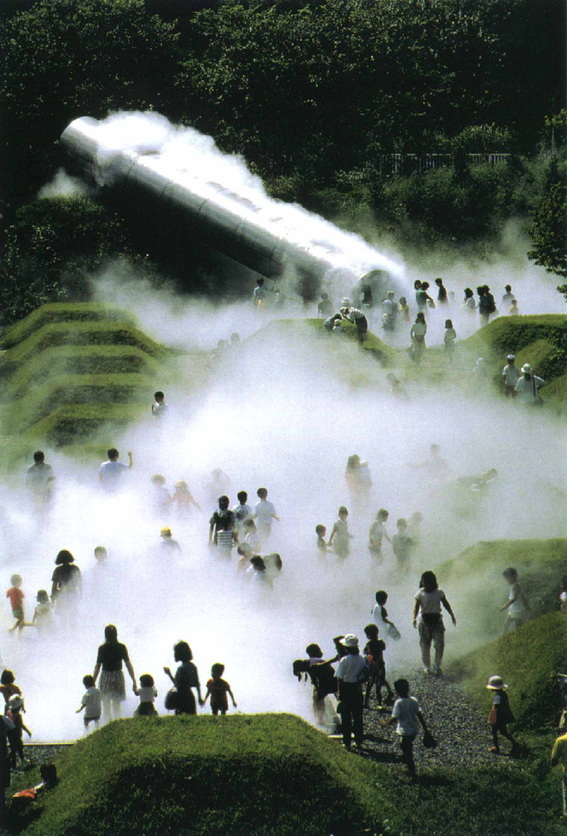
R
E
V N
E
X
T
Fog-Sculptor Fujiko Nakaya Among Winners Of 2018 Praemium Imperiale Prize
FUJIKO NAKAYA, winner of this year’s Praemium Imperiale prize in the sculpture category, pictured in the precincts of Togo Shrine, near her office in Tokyo, 2018. Copyright and courtesy Japan Art Association and The Sankei Shimbun.
On July 11, the Japan Art Association announced the recipients of the 30th Praemium Imperiale prize, awarded annually by the association and the Japanese imperial family in recognition of outstanding accomplishments within the global artistic community. Among the five laureates is Japanese fog sculptor Fujiko Nakaya, alongside contemporary painter of the European avant-garde CoBrA group Pierre Alechinsky, who is the first Belgian-French to receive the prize; French architect and urban planner Christian de Portzamparc; Italian conductor Riccardo Muti; and French actress Catherine Deneuve. The laureates will each be given JPY 15 million (USD 133,500) and a testimonial letter. An award ceremony will be held on October 23 this year in Tokyo, where Prince Hitachi will present each of the laureates with a medal.
A self-described member of “the counter-culture generation,” the 85-year-old conceptual artist Fujiko Nakaya first rose to prominence in the 1960s and ‘70s as the Tokyo representative of the Experiments in Art and Technology group (E.A.T.), kicking off her career with a series of politically charged video works, such as Friends of Minamata Victims – Video Diary (1972), which showed a demonstration decrying the corporate pollution that led to an outbreak of Minamata disease. Her renowned practice of using artificial fog as a medium, developed in collaboration with Los Angeles-based engineer Thomas Mee, debuted at the 1970 Osaka Expo, and has since been showcased at the Sydney Biennale, Tate Modern’s Switch House, and other major exhibition sites. On her fog sculptures, Nakaya has remarked: “Nature controls herself. I try to let nature speak.”
The Praemium Imperiale was established in 1989 per the dying wish of Nobuhito, Prince Takamatsu (1905–1987), who had served as the governor of the Japanese Art Association for 58 years. The prize funds the development of arts and culture, and seeks to support future generations of artists worldwide, in the belief that “art and culture contribute greatly to the peace and prosperity of mankind,” according to the official website. Each year, the Japan Art Association’s Board of Trustees selects one artist under the fields of painting, sculpture, architecture, music and theater/film respectively. The awardees are chosen regardless of their nationality, on the basis of outstanding achievements and global impact.
Phoebe Tam is an editorial intern of ArtAsiaPacific.
To read more of ArtAsiaPacific’s articles, visit our Digital Library.




